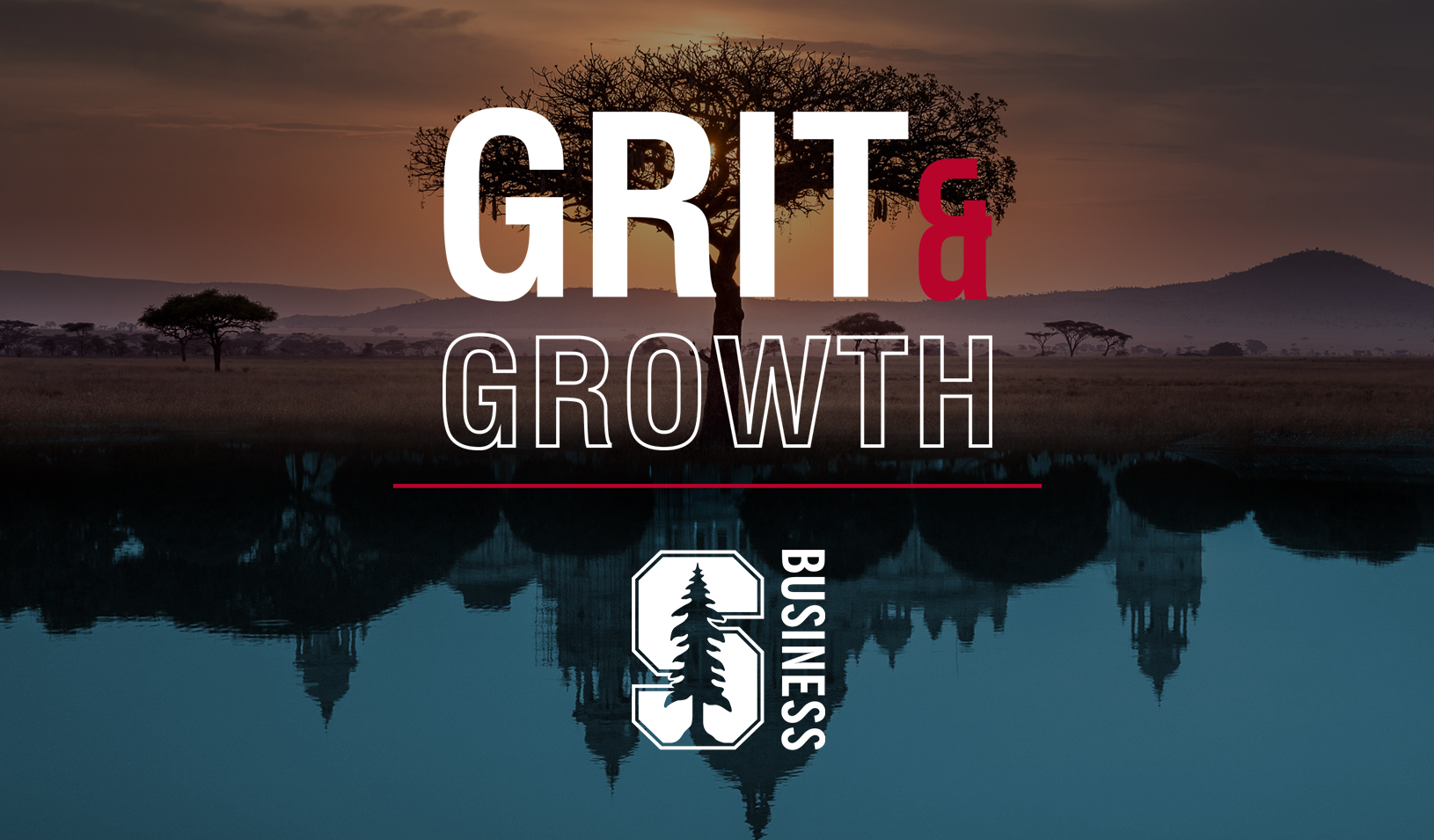Kirk Hawkins: Icon Aircraft and the “Beauty of Flight”
As changes in aviation open the skies to more recreational pilots, an entrepreneur takes a “textbook startup opportunity” and flies with it.
June 21, 2013
Icon Aircraft’s A5 airplane is billed as “the perfect balance of design and performance”: an easy-to-fly, highly maneuverable plane that its creators hope will revolutionize the aviation industry. The Los Angeles-based company was founded in 2006 by Kirk Hawkins, a former U.S. Air Force F-16 pilot with Masters degrees in engineering and business from Stanford (in 1995 and 2005), and Steen Strand, a fellow graduate of the engineering program and a seasoned sports-product entrepreneur. We caught up with Hawkins to discuss what makes the A5 so unusual — and how it’s brought us one step closer to the age of the Jetsons. Here are excerpts:
What makes the A5 different?
The A5 was designed unlike any other aircraft we know of: to be a pure consumer-focused personal aircraft, rather than a traditional transportation utility device like most previous aircraft. If aircraft were computers, nearly all of them today, regardless of size, are like sophisticated, highly technical workstations that require a very advanced user. The A5 is more like a Mac or a PC. The focus of the design is to make it very user-friendly and much more accessible, easy to fly, and forgiving for even a beginning flier. It is made of carbon fiber, is amphibious, has foldable wings so it can be transported over the road, carries two people, flies about 120 mph, lands at 45 mph, burns automobile gas or aviation fuel, and gets about 20 mpg. We’re not anywhere near the Jetsons just yet, but to ever get there, this is the first step.
You’ve flown fighter jets. How would you compare that to flying the A5?
Both deliver a kind of flying that is a visceral, dynamic, interactive, and even social experience that has little to do with boring transportation. The windows are removable, so you feel the air while you’re flying; you can land on the water and swim, fish, or camp straight from the plane; you can experience the world with a level of intimacy that you can never get in an airliner, transportation aircraft, or even in a jet fighter, for that matter. The stunning visibility you get when flying the A5 is also similar to that of the bubble canopy in a fighter jet.
When we fly in a traditional aircraft, we’re inside of an aluminum tube with tiny windows that constrain our view of the world so much we forget — or perhaps never knew — how extraordinary that view actually is when you’re flying. Even most small aircraft have impossibly high instrument panels that make you feel like you’re looking through a mail slot, and the focus is on managing a complex cockpit versus experiencing the beauty of flight. The A5’s engine is behind the cockpit and the dash is very low to provide visibility that is truly breathtaking.
How did you get the idea for the A5?
This idea had been in my mind since I was a teenager. But the opportunity came as a result of dramatic Federal Aviation Administration regulatory changes that created a new category of consumer, recreationally focused personal aircraft that allow many more people to learn to fly and enjoy flying, and the creation of a new entry-level FAA pilot certification for sport pilots.
We studied the long-term implications of these regulatory changes while at Stanford GSB without any commitment to start a company — only as a contextual, academic learning exercise. That analysis suggested two things:
- There was a huge pent-up demand for affordable, fun consumer aircraft, due to decades of excessive government regulations suppressing the industry.
- This was a textbook startup opportunity, where the external constraints on the marketplace had changed so dramatically that existing entities were very poorly positioned to take advantage of it.
Usually, these kinds of disruptions occur in technology, and we have a very robust venture capital market in Silicon Valley that exists solely to harness technology disruptions. However, when highly regulated industries have major regulatory disruptions — which are very rare — those disruptions may model exactly like a tech startup where, if a new venture doesn’t leverage them, it may never actually occur. Once we realized this, we felt a responsibility to start this company.
For media inquiries, visit the Newsroom.
Explore More

Your Company Is on a High-Growth List! It May Not Be There Next Year.

Explainer: What is a Unicorn?



